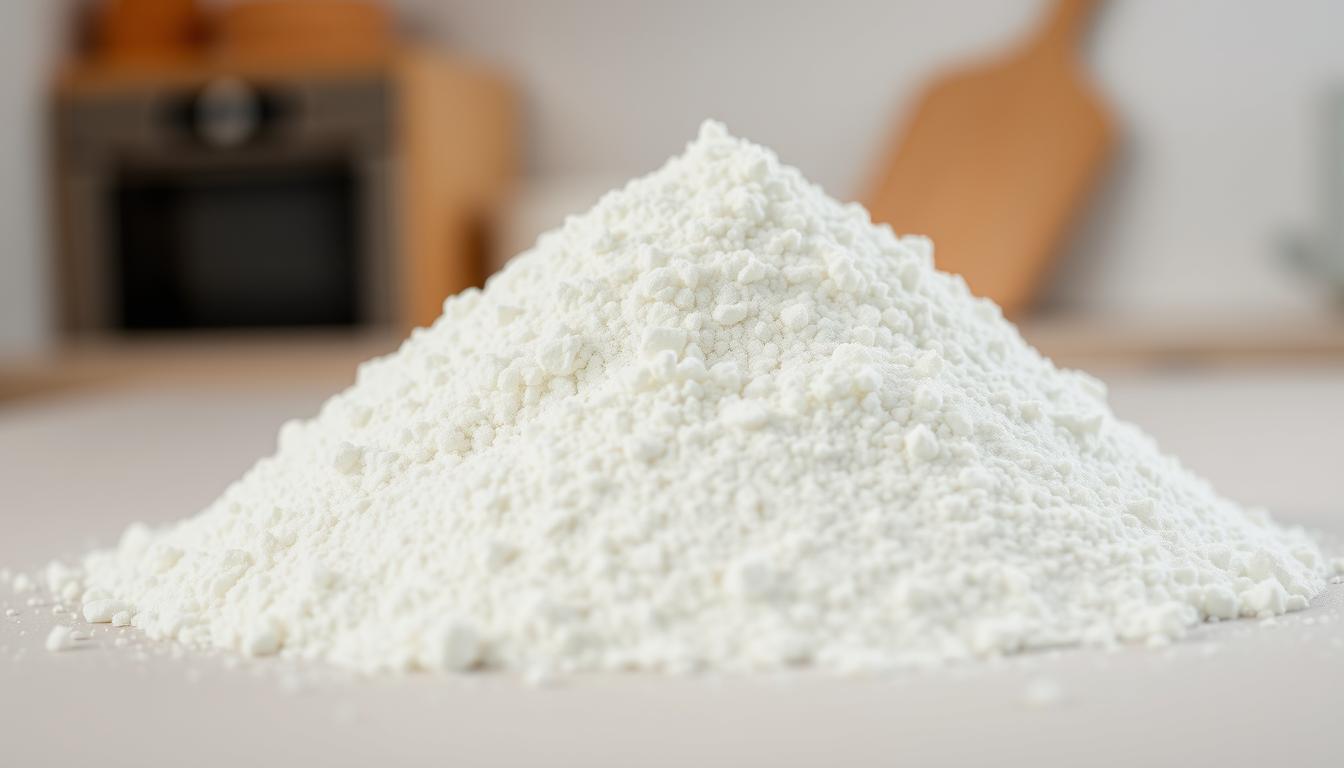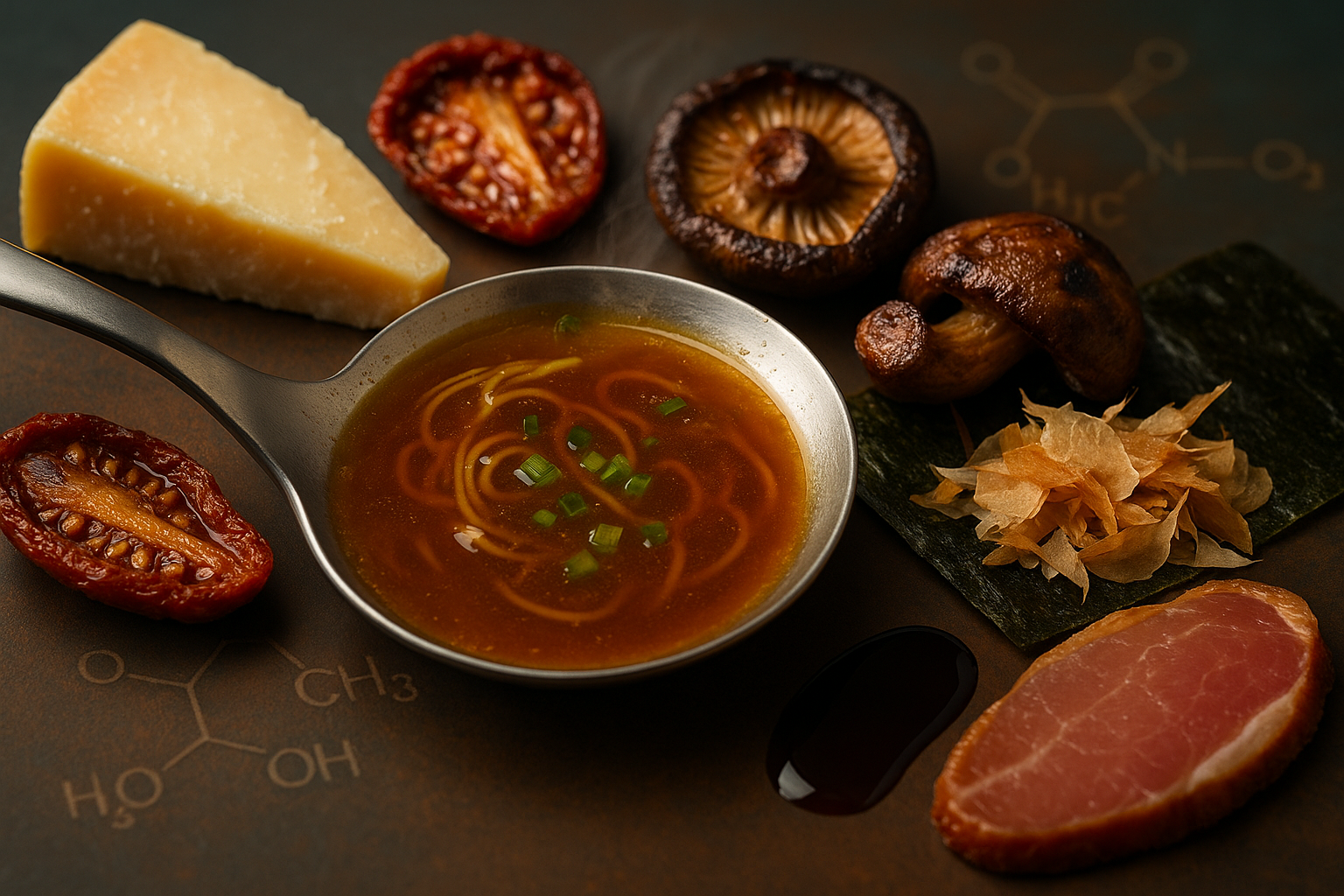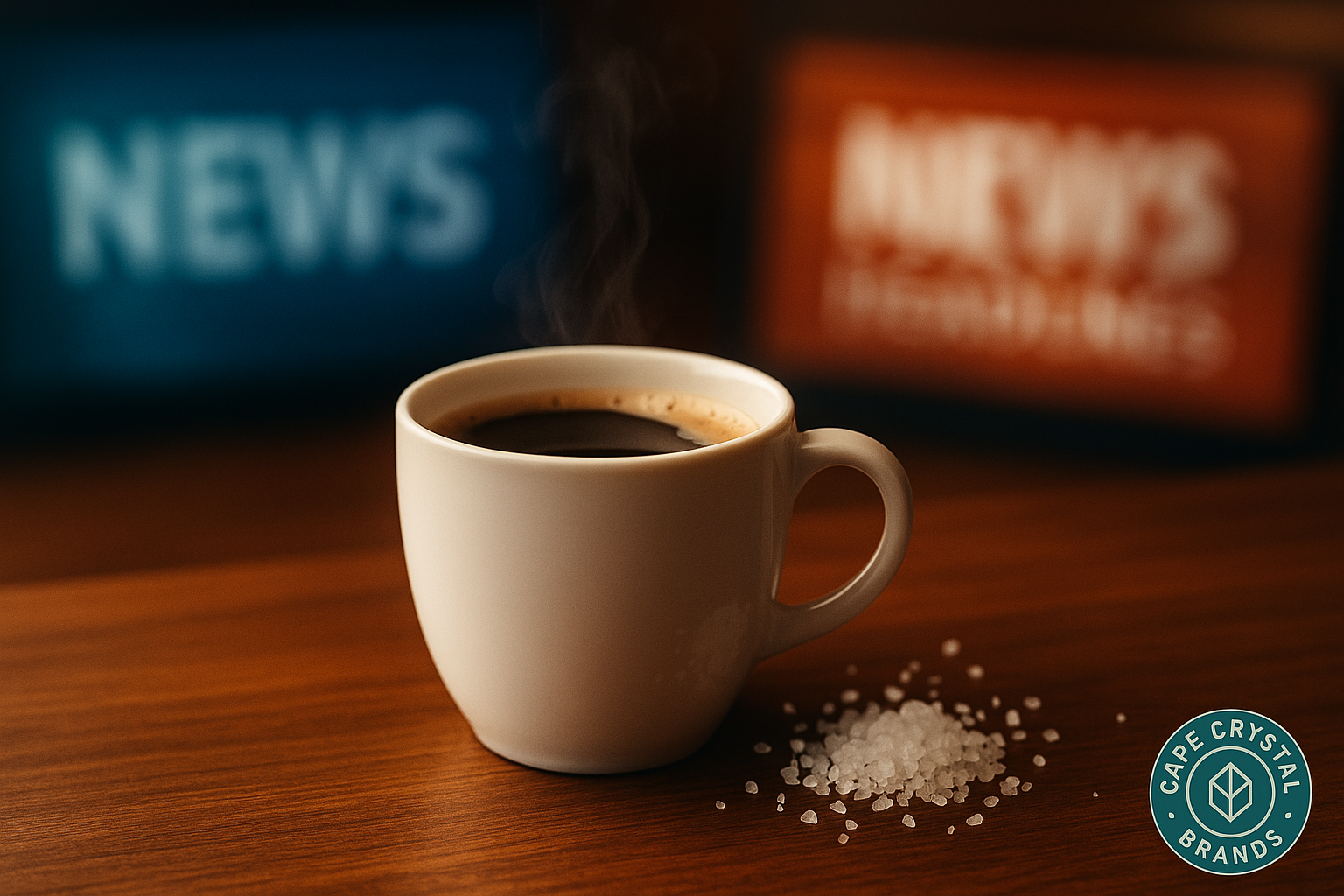Trending searches
Trending searches

Hydrocolloid: Beta-Glucan
SUBSCRIBE TO OUR BLOG
Promotions, new products, and recipes.
Beta-Glucan: The Versatile Polysaccharide with Health Benefits
Beta-Glucan, a naturally occurring polysaccharide found in the cell walls of cereals, fungi, and bacteria, has garnered attention for its potential health benefits, especially its role in cholesterol reduction and immune system enhancement. But what makes this hydrocolloid stand out, and how is it utilized in various industries?
Historical Context
Beta-Glucan has been consumed for centuries, primarily through foods like oats and barley. Its health benefits have been recognized in traditional medicine, and modern science has further validated its therapeutic properties.
The Molecular Science of Beta-Glucan
Comprising D-glucose monomers linked by β-glycosidic bonds, Beta-Glucan's structure varies based on its source. Cereal Beta-Glucans, for instance, have a linear structure, while those from yeast and fungi are branched.
Production and Refinement
Beta-Glucan is extracted from its natural sources using a combination of physical and chemical processes. The extracted gum undergoes purification to yield a product suitable for various applications.
A Multifaceted Ingredient
Beta-Glucan's applications span across industries:
- Food Industry: Recognized for its cholesterol-lowering properties, it's added to foods like cereals and beverages.
- Cosmetics: Valued for its skin-soothing properties.
- Pharmaceuticals: Used for its immune-enhancing benefits.
Beta-Glucan in Culinary Creations - Proportions
While primarily recognized for its health benefits, Beta-Glucan also impacts food texture:
-
Beverages:
- Proportion: 0.1% to 0.4% of the total weight.
- Purpose: Provides a smoother texture and potential health claims.
-
Baked Goods:
- Proportion: 0.2% to 0.6% of the total weight.
- Purpose: Enhances moisture retention.
Conclusion
Beta-Glucan stands out not just for its functional properties in food and cosmetics but also for its potential health benefits. As consumers become more health-conscious, the demand for Beta-Glucan-enriched products is set to rise.
For further reading: Xanthan Gum
References:
- Kim, H.S., et al. "Role of β-Glucans in the Health Benefits of Oats." Food Science and Biotechnology, 2020.
- Vetvicka, V., & Vetvickova, J. "Glucans as Biological Response Modifiers." Endocrine, Metabolic & Immune Disorders Drug Targets, 2019.


|
About the Author Ed is the founder of Cape Crystal Brands, editor of the Beginner’s Guide to Hydrocolloids, and a passionate advocate for making food science accessible to all. Discover premium ingredients, expert resources, and free formulation tools at capecrystalbrands.com/tools. — Ed |
Related Posts

Why the Demand for Xanthan Gum is Soaring: What that Means for Gluten-Free Bakers

The Science of Umami: The Fifth Taste That Changed How We Eat

Cape Crystal Brands Featured in Fox News Digital and the New York Post
Enjoyed this post? Subscribe to The Crystal Scoop
Food-science tips, ingredient know-how, and recipes. No spam—unsubscribe anytime.
- Choosing a selection results in a full page refresh.
POLICY PAGES
QUICK LINKS
Guar Gum
Cape Crystal Brands, 18 Bank St., Suite 1, Summit NJ 07901.
- Phone: +1 908-273-5600
- Email: info@capecrystalbrands.com
- Tax ID: 26-2477626000
- FDA Facility Registration # 16980627550
- Kosher Certified: OKosher.org
Country/region
© 2025, Cape Crystal Brands | Sitemap
